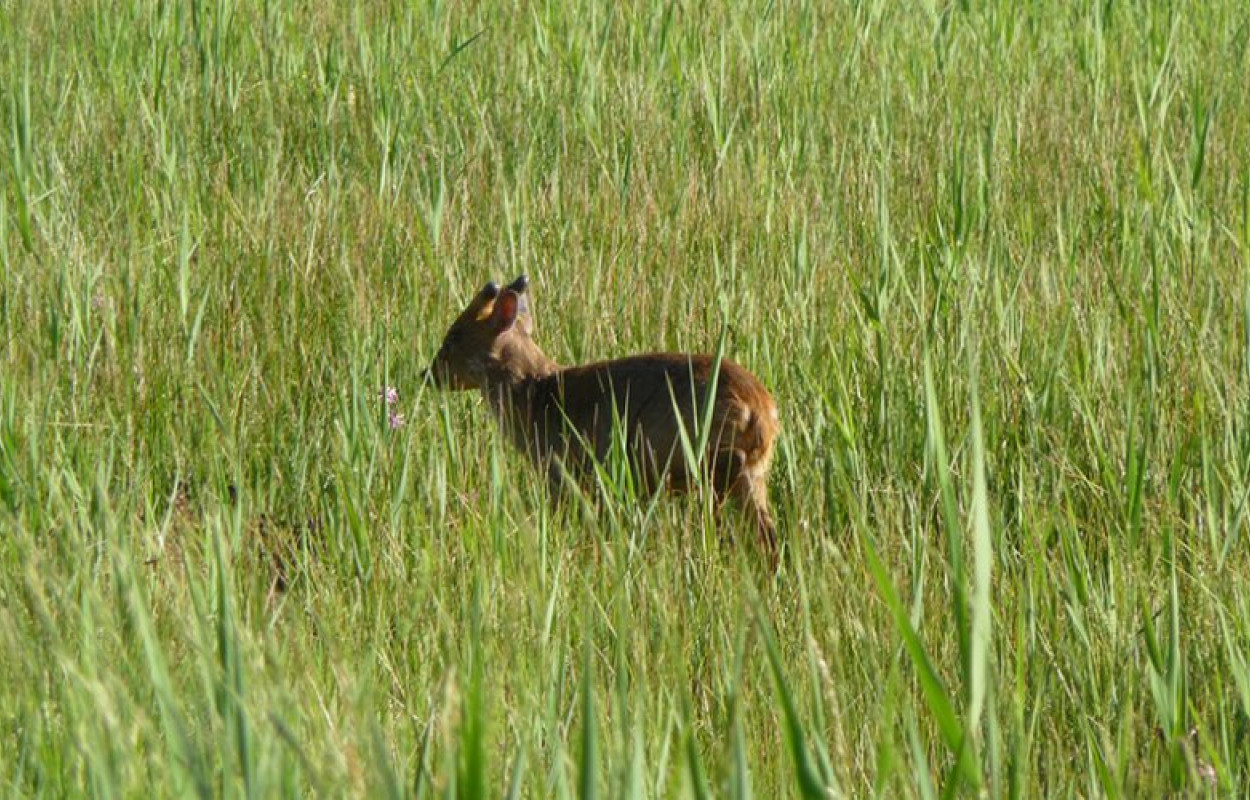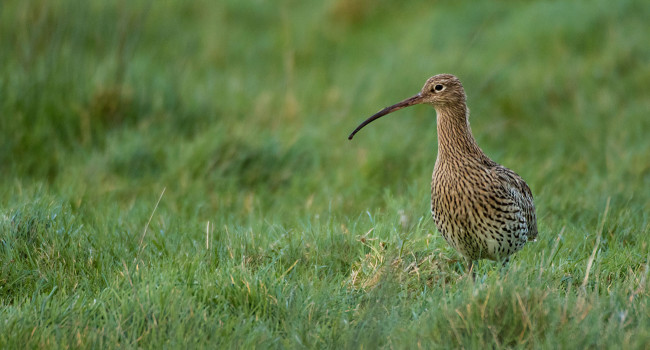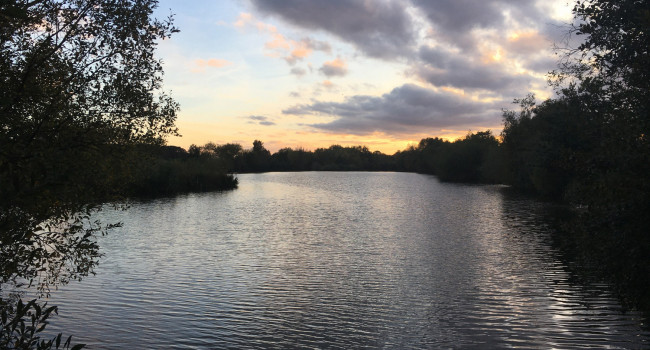Breeding and post-breeding responses of woodland birds to modification of habitat structure by deer

Author(s): Holt, C.A., Fuller, R.J., and Dolman, P.M.
Published: January 2011
Journal: Biological Conservation Volume: 144 ( part 9 )
Digital Identifier No. (DOI): 10.1016/j.biocon.2011.05.004
Birds in woodland can be affected by increasing deer populations through changes to the vegetation structure and the potential impacts on foraging resources; these effects need to be better understood. This work, carried out over three years by the BTO and the University of East Anglia, used experimental exclusion of deer to look at the effects of deer browsing in English coppiced woodland.
Deer browsing strongly altered the vegetation structure by reducing canopy cover and the density of shrub layer foliage. However, deer did not affect the invertebrate density per unit of foliage. Significantly more ground and understorey foraging birds were captured where deer were excluded, and negative responses to browsing were more marked for migrant birds than for residents. At the species level, especially pronounced negative effects were found for Dunnock (Prunella modularis) and Garden Warbler (Sylvia borin); for instance approximately five times more Dunnocks were captured in deer exclosures than in browsed vegetation. Negative responses to browsing were also found for Nightingale (Luscinia megarhynchos) and Long-tailed Tit (Aegithalos caudatus). No significant positive responses to browsing were detected. For some species the use of young re-growth increased post breeding relative to the breeding period. This included a marked shift by resident birds that involved a disproportionate number of juveniles.
This work shows that by modifying the vegetation, deer activity can alter woodland bird assemblages. As far as we are aware this is the first experimental demonstration of such effects in Europe, and at low to moderate browsing intensity typical of the wider landscape scale.







Share this page